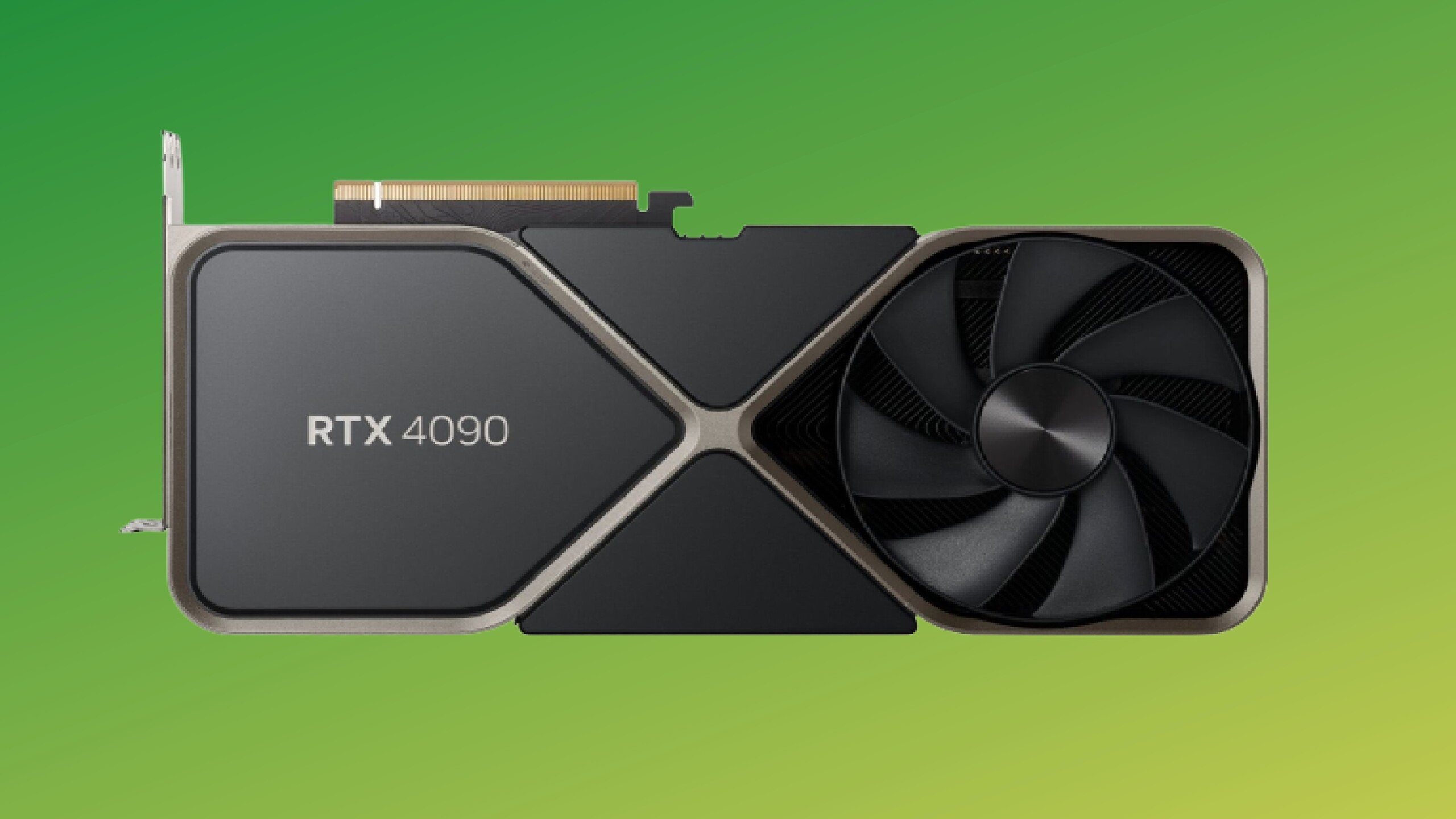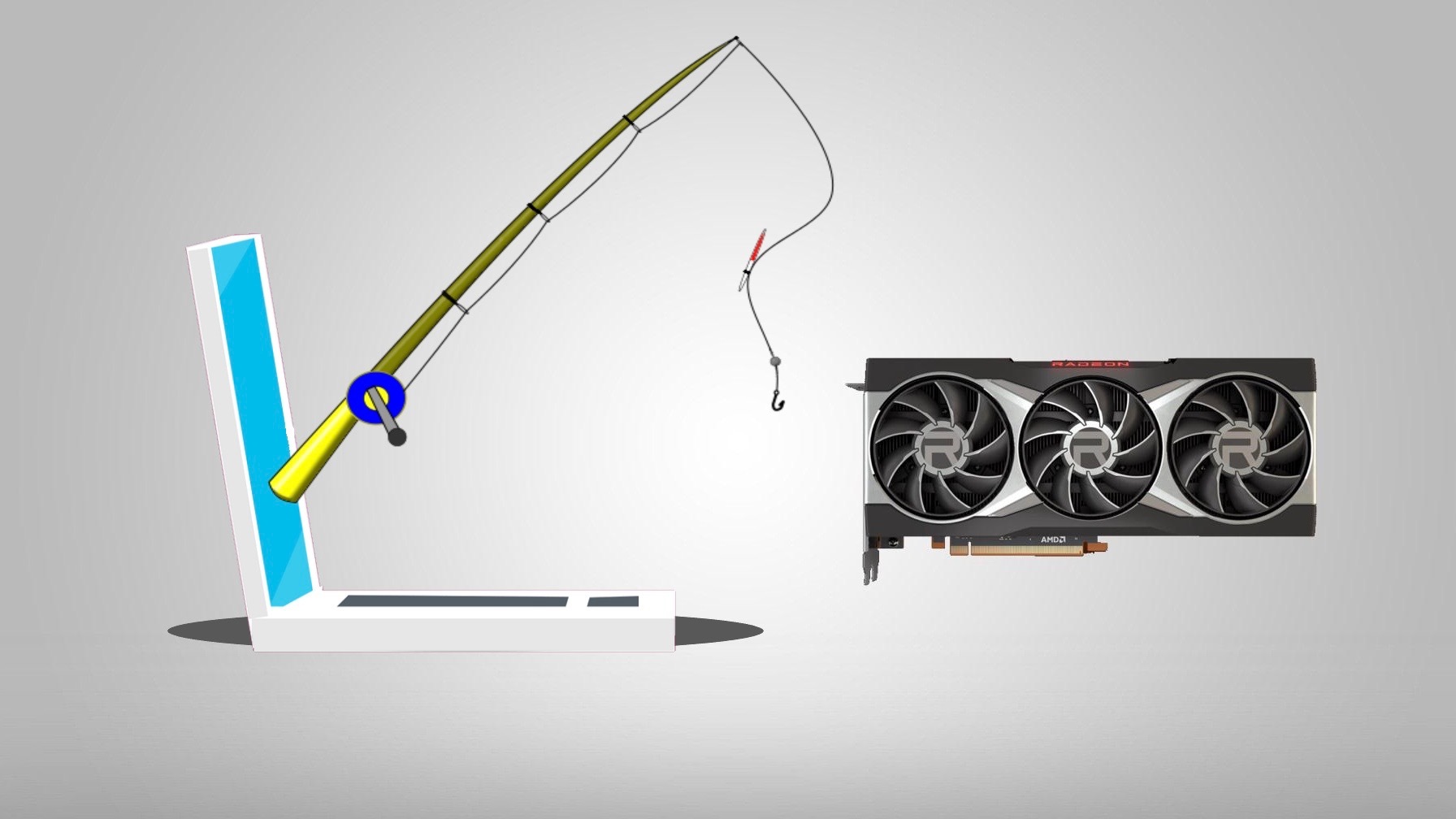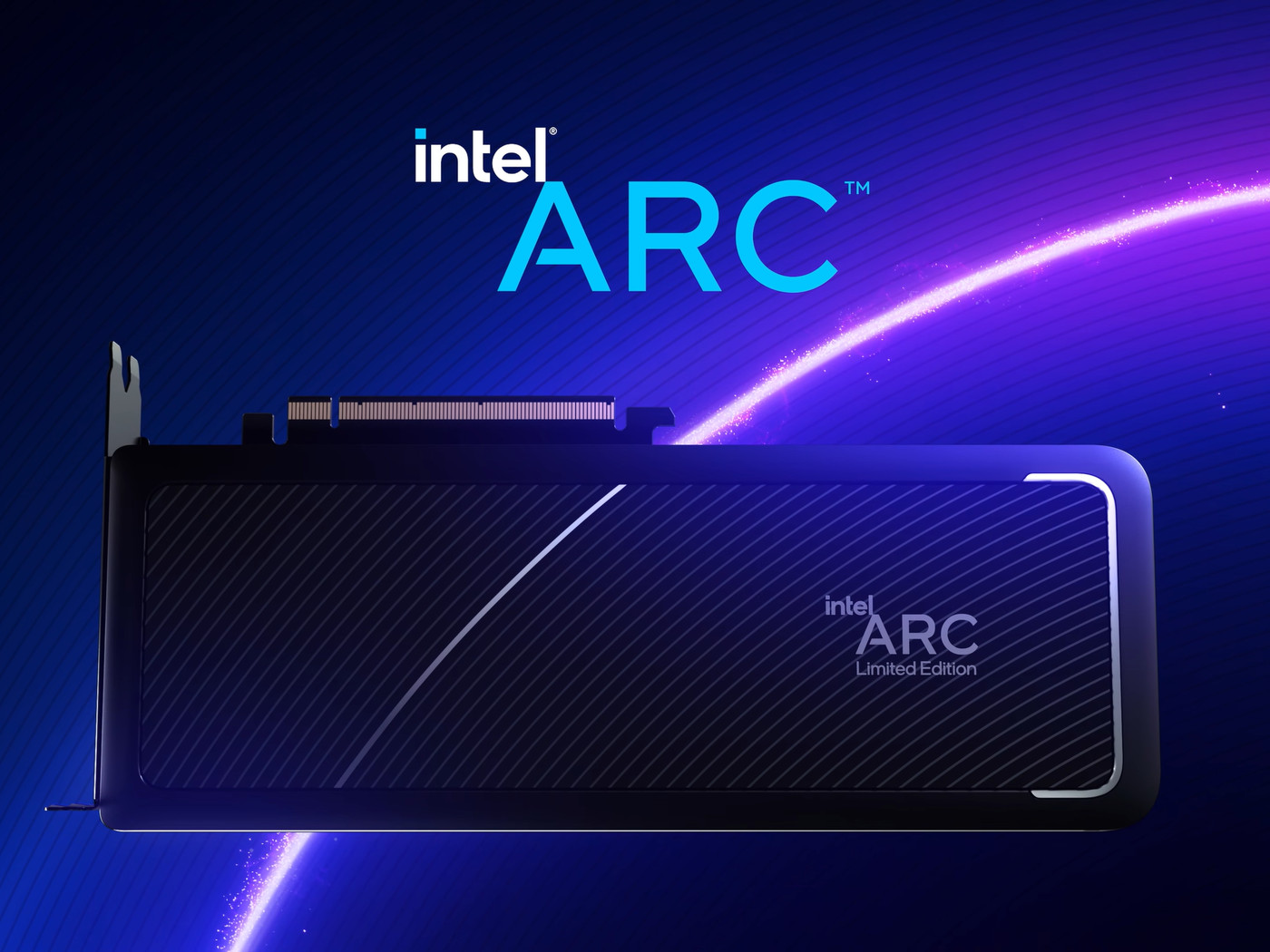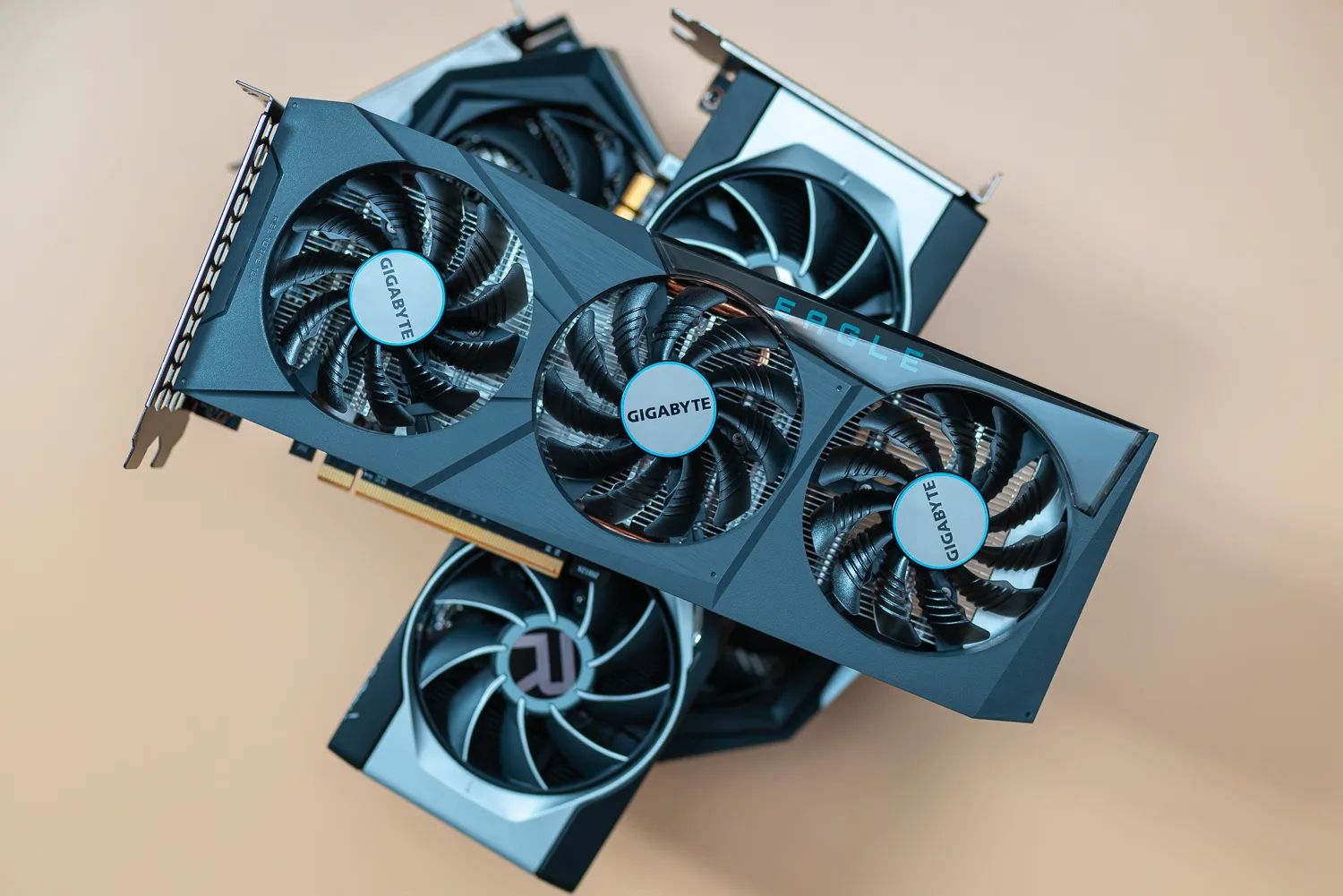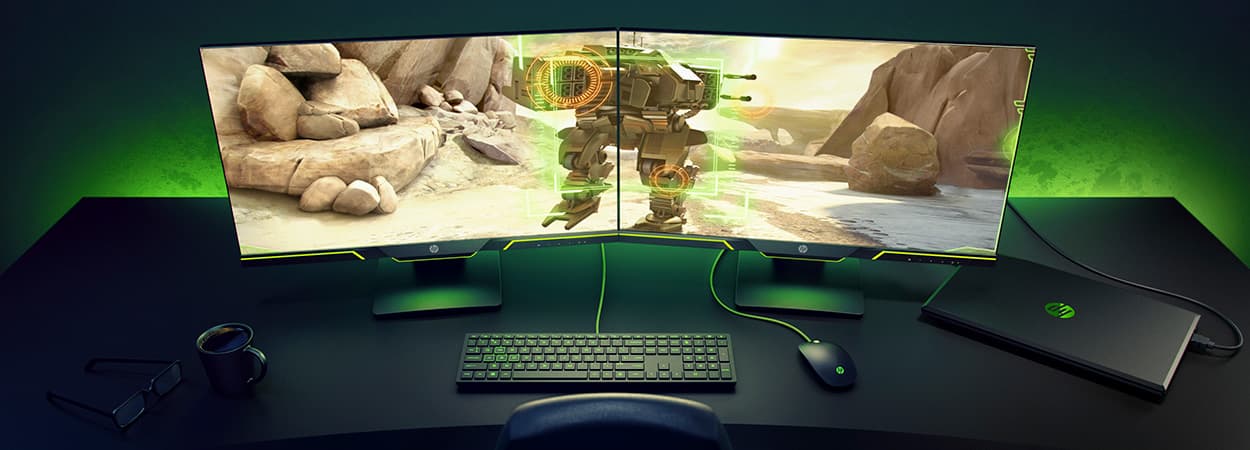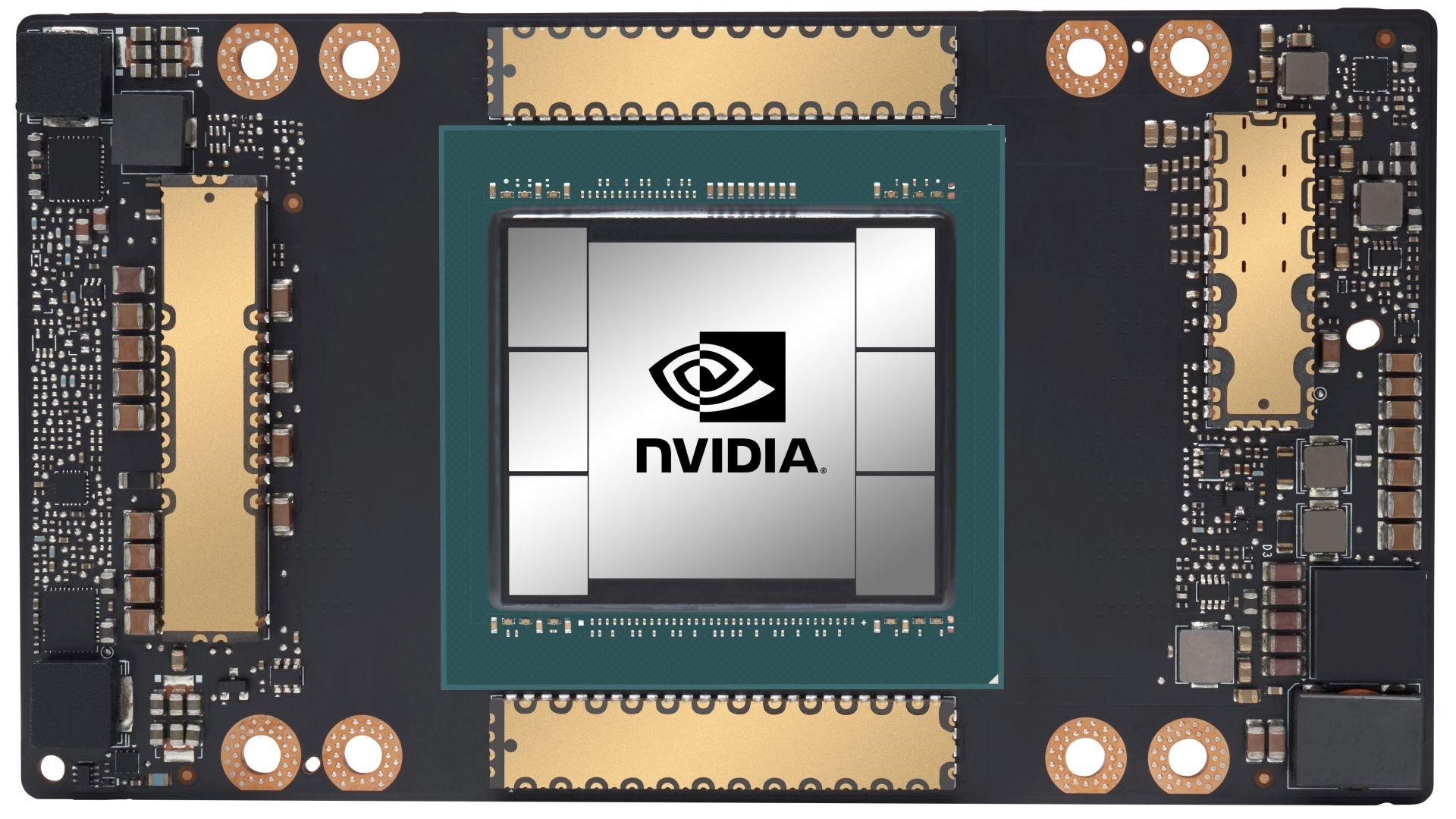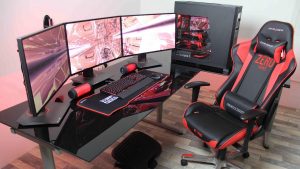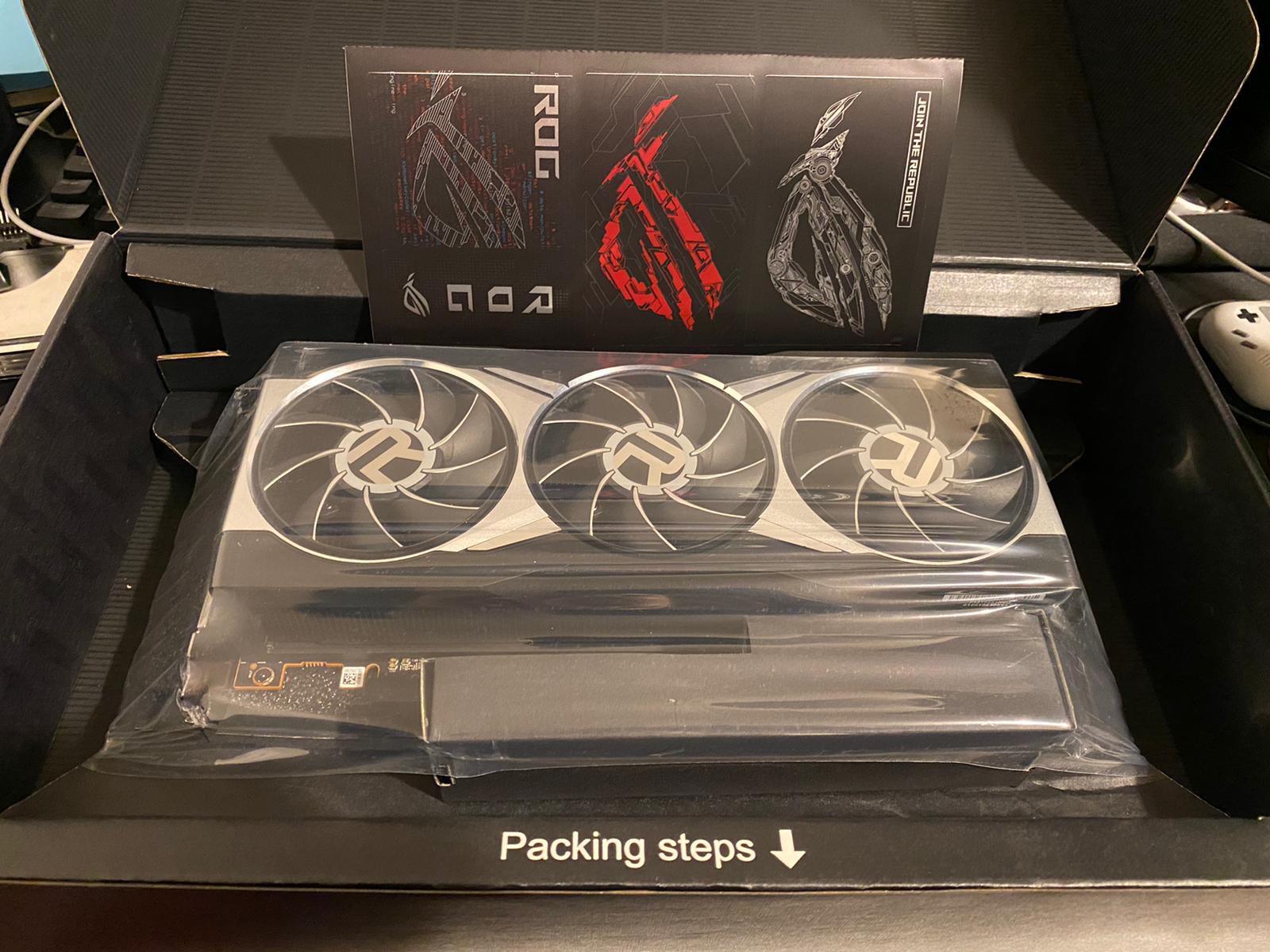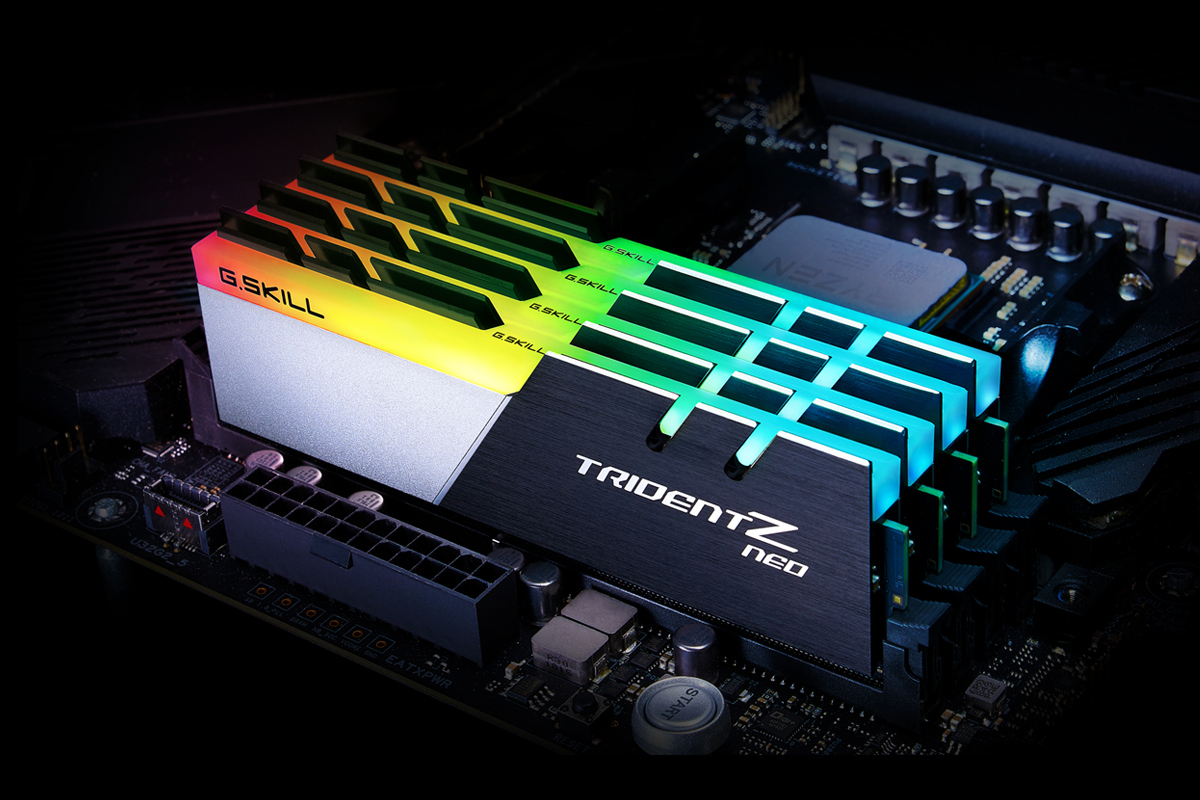Introduction
Welcome to the world of high-performance graphics processing units (GPUs). Gamers, video editors, and professionals in the field of machine learning and artificial intelligence rely on these powerful components to enhance their productivity and overall experience. Whether you’re a gaming enthusiast, a content creator, or an aspiring data scientist, choosing the right GPU is crucial to get the most out of your applications.
A GPU is responsible for rendering and accelerating the display of images, video, and graphics-intensive tasks on your computer. With advancements in technology, GPUs have become more efficient and capable of handling complex calculations quickly. This has led to an increasing demand for GPUs that can deliver stellar performance and keep up with the evolving needs of users.
Before diving into the world of GPUs, it’s important to consider a few key factors. These include your specific requirements, budget, and the intended use of the GPU. For gamers, smooth gameplay at high resolutions and frame rates is essential. Video editors need GPUs that can handle resource-intensive tasks like video rendering and editing. Professionals in machine learning and AI require GPUs with a high number of CUDA cores and memory capacity to accelerate their training and processing tasks. Budget-conscious users may prioritize finding the best value GPU that offers a good balance between price and performance.
In this article, we will explore some of the best GPUs currently available on the market, categorized based on their intended use and budget range. Whether you’re looking for a budget-friendly option or a top-of-the-line GPU, we’ve got you covered. So, let’s dive in and find the perfect GPU to take your gaming, video editing, or machine learning endeavors to the next level.
Factors to Consider Before Buying a GPU
Before making a decision on which GPU to buy, it’s important to consider a few key factors. These factors will help you determine the best GPU that aligns with your specific needs and budget. Let’s take a closer look at what you should consider:
1. Performance: One of the most important factors to consider is the performance of the GPU. Determine the level of performance you require based on your intended use. For gaming, look for GPUs that can handle your favorite games at the desired resolution and frame rates. For video editing or machine learning tasks, consider GPUs with ample CUDA cores and memory capacity to handle resource-intensive computations efficiently.
2. Budget: Set a realistic budget for your GPU purchase. GPUs can range from affordable options to high-end, expensive models. Consider how much you’re willing to invest in a GPU and find the best value within your budget range.
3. Compatibility: Ensure that the GPU you choose is compatible with your existing system. Check the specifications of your motherboard, power supply, and other components to avoid any compatibility issues. Some GPUs might require specific connectors or power requirements, so it’s essential to double-check before making your purchase.
4. Memory: The memory capacity of a GPU plays a significant role in its performance. For gaming and video editing, consider GPUs with higher memory capacity to handle high-resolution textures and video files smoothly. For machine learning and AI, GPUs with ample memory can enhance the training and processing of large datasets.
5. Power Consumption: Take into account the power consumption of the GPU. High-performance GPUs often require more power, which may result in increased electricity bills or may require a higher wattage power supply. Consider your power supply’s capabilities and the energy efficiency of the GPU to make an informed decision.
6. Cooling and Noise: High-performance GPUs tend to generate more heat, leading to increased fan speeds and noise. Look for GPUs with effective cooling solutions and quieter fans, especially if you prefer a silent or low-noise system.
7. Future-proofing: Consider future needs when choosing a GPU. While it’s impossible to predict advancements in technology, opting for a GPU with a higher level of performance and memory capacity can provide some future-proofing and prolong the lifespan of your GPU.
By considering these factors, you can make an informed decision when buying a GPU that best suits your requirements and budget. Now that we have these factors in mind, let’s explore the best GPUs available for different use cases and price ranges.
Best GPUs for Gaming
When it comes to gaming, having a powerful GPU is essential to ensure smooth gameplay, high frame rates, and stunning visuals. Here are some of the best GPUs currently on the market that are perfect for gaming:
- NVIDIA GeForce RTX 3080: The NVIDIA GeForce RTX 3080 is a flagship gaming GPU that offers exceptional performance. With its powerful Ampere architecture and 10GB of GDDR6X memory, it can handle the most demanding games at 4K resolutions with ray tracing enabled. It also supports DLSS technology, which enhances performance and image quality.
- AMD Radeon RX 6800 XT: The AMD Radeon RX 6800 XT is another high-performance GPU for gaming. It features AMD’s latest RDNA 2 architecture and 16GB of GDDR6 memory. With its powerful compute units and ray tracing capabilities, it delivers excellent gaming performance and is compatible with AMD’s Smart Access Memory technology.
- NVIDIA GeForce RTX 3070: If you’re looking for a more affordable option without compromising on performance, the NVIDIA GeForce RTX 3070 is an excellent choice. With its Ampere architecture and 8GB of GDDR6 memory, it provides impressive gaming performance at 1440p and can handle some games at 4K resolutions.
- AMD Radeon RX 5700 XT: For budget-conscious gamers, the AMD Radeon RX 5700 XT offers great value for money. With its 8GB of GDDR6 memory and RDNA architecture, it can deliver smooth gameplay at 1080p and even handle some games at 1440p with high settings.
- NVIDIA GeForce GTX 1660 Super: If you’re on a tight budget, the NVIDIA GeForce GTX 1660 Super is a solid choice. It offers good gaming performance at 1080p resolutions and is capable enough to handle most modern games with ease.
These GPUs have been chosen based on their overall performance, price-to-performance ratio, and compatibility with the latest gaming technologies. Whether you’re a casual gamer or a hardcore enthusiast, these GPUs will provide you with an immersive gaming experience.
Remember to consider your budget, desired resolution, and specific gaming needs when selecting a GPU. Additionally, check for compatibility with your system and make sure to have a power supply that can handle the GPU’s power requirements. With the right GPU, you can unlock the full potential of your gaming setup and enjoy the latest titles at their best.
Best GPUs for Video Editing
Video editing requires powerful hardware, and having a high-performance GPU is crucial for smooth playback, fast rendering, and efficient editing workflows. Here are some of the best GPUs currently available for video editing:
- NVIDIA GeForce RTX 3090: The NVIDIA GeForce RTX 3090 is a top-of-the-line GPU for video editing. With its impressive 24GB of GDDR6X memory and Ampere architecture, it offers unparalleled performance and is capable of handling 8K video editing, real-time effects, and complex timelines.
- AMD Radeon Pro W6800: The AMD Radeon Pro W6800 is a professional-grade GPU specifically designed for content creators. With its 32GB of GDDR6 memory and RDNA 2 architecture, it delivers excellent performance for video editing, color grading, and visual effects work.
- NVIDIA GeForce RTX 3080: The NVIDIA GeForce RTX 3080, mentioned earlier as a top gaming GPU, is also a great choice for video editors. With its powerful specifications and support for hardware-accelerated ray tracing, it can handle demanding video editing tasks with ease.
- AMD Radeon RX 6900 XT: If you need a GPU that combines gaming and video editing capabilities, the AMD Radeon RX 6900 XT is an excellent choice. With its 16GB of GDDR6 memory and high-performance architecture, it can handle both tasks effectively.
- NVIDIA Quadro RTX 5000: For professional video editors who require certified drivers and extensive software support, the NVIDIA Quadro RTX 5000 is a powerful workstation GPU. With its 16GB of GDDR6 memory and support for advanced rendering and editing workflows, it is a reliable choice.
These GPUs have been selected based on their powerful specifications, memory capacity, and compatibility with video editing software. When choosing a GPU for video editing, consider the type of projects you work on, the video resolution you typically handle, and the software you use. Additionally, ensure that the GPU is compatible with your system’s hardware and power supply.
Remember that a powerful CPU and sufficient RAM are also crucial components for a smooth video editing experience. Pairing one of these GPUs with a capable processor and ample memory will result in a powerful workstation that can handle even the most demanding editing tasks.
With the right GPU, you can significantly enhance your video editing workflow, reduce rendering times, and achieve better overall performance, allowing you to bring your creative vision to life without any limitations.
Best GPUs for Machine Learning and AI
Machine learning and artificial intelligence (AI) require powerful GPUs to accelerate training and inference tasks. These GPUs are optimized for parallel processing and offer high memory capacity to handle large datasets. Here are some of the best GPUs currently available for machine learning and AI applications:
- NVIDIA GeForce RTX 3090: The NVIDIA GeForce RTX 3090, mentioned earlier as a top GPU for video editing, is also an excellent choice for machine learning and AI. Its high CUDA core count and 24GB of GDDR6X memory make it ideal for deep learning tasks and running complex neural networks.
- AMD Radeon Instinct MI100: The AMD Radeon Instinct MI100 is a professional-grade GPU designed for AI and machine learning workloads. With its high number of compute units and 32GB of high-bandwidth memory (HBM2), it delivers exceptional performance and is optimized for compute-intensive tasks.
- NVIDIA A100: The NVIDIA A100 is a flagship GPU for data centers and AI research. It boasts an impressive number of CUDA cores and 40GB or 80GB of high-bandwidth memory (HBM2). With its advanced tensor cores and connectivity options, it is designed to accelerate AI training and inferencing at scale.
- AMD Radeon Pro VII: The AMD Radeon Pro VII is another powerful GPU for machine learning and AI. With its 16GB of HBM2 memory and AMD’s Infinity Fabric technology, it offers high memory bandwidth and efficient communication for faster data processing.
- NVIDIA Tesla V100: The NVIDIA Tesla V100 is a widely used GPU in the AI and machine learning community. With its high memory capacity and powerful tensor cores, it provides excellent performance for training and running complex AI models.
These GPUs are specifically designed for compute-intensive tasks and have the necessary features to accelerate machine learning and AI workloads. When choosing a GPU for machine learning, consider factors such as the number of CUDA cores, memory capacity, memory bandwidth, and compatibility with popular frameworks like TensorFlow or PyTorch.
It’s worth noting that GPUs for machine learning and AI often require robust cooling solutions and high-power PSU requirements. Ensure that your system is capable of providing sufficient cooling and power to the GPU you choose.
By selecting one of these GPUs, you can optimize your machine learning and AI workflows, minimize training time, and improve the accuracy of your models. They offer the computational power required to tackle complex problems and push the boundaries of AI research and development.
Best Budget GPUs
Not everyone has an unlimited budget when it comes to buying a GPU. However, that doesn’t mean you have to compromise on performance. There are several budget-friendly GPUs available that offer great value for their price. Here are some of the best budget GPUs currently on the market:
- NVIDIA GeForce GTX 1660 Super: The NVIDIA GeForce GTX 1660 Super is a popular budget GPU that offers excellent gaming performance at 1080p resolutions. With its Turing architecture and 6GB of GDDR6 memory, it provides a smooth gaming experience for most modern games.
- AMD Radeon RX 580: For AMD fans on a budget, the AMD Radeon RX 580 is a solid choice. With its 8GB of GDDR5 memory and Polaris architecture, it provides good gaming performance at 1080p and can handle some games at 1440p with medium to high settings.
- NVIDIA GeForce GTX 1650 Super: If you’re looking for an even more affordable option, the NVIDIA GeForce GTX 1650 Super is a reliable choice. With its 4GB of GDDR6 memory and Turing architecture, it offers decent gaming performance at 1080p.
- AMD Radeon RX 5600 XT: The AMD Radeon RX 5600 XT is a budget-friendly GPU that offers excellent value for its price. With its 6GB of GDDR6 memory and RDNA architecture, it delivers good gaming performance at 1080p and can handle some games at 1440p.
- NVIDIA GeForce GTX 1050 Ti: For those on a tight budget, the NVIDIA GeForce GTX 1050 Ti is a reliable option. With its 4GB of GDDR5 memory, it can handle light gaming at 1080p and is suitable for casual gamers or entry-level systems.
These GPUs offer a good balance between price and performance, making them ideal for budget-conscious gamers or those with less demanding needs. While they may not provide the same level of performance as higher-end GPUs, they still offer a respectable gaming experience at 1080p resolutions.
When considering a budget GPU, it’s important to align your expectations with the GPU’s capabilities. Determine the games you want to play and the desired resolution and settings. Additionally, ensure that the GPU is compatible with your system, taking into account factors such as power supply requirements and available PCIe slots.
By choosing one of these budget-friendly GPUs, you can enjoy gaming without breaking the bank. They provide an affordable solution for entry-level or casual gamers, allowing you to enjoy a smooth gaming experience without compromising your budget.
Best High-End GPUs
For gamers and professionals who demand the absolute best performance, high-end GPUs are the way to go. These GPUs offer unparalleled power and are capable of handling the most demanding tasks and applications. Here are some of the best high-end GPUs currently available:
- NVIDIA GeForce RTX 3090: The NVIDIA GeForce RTX 3090 is the flagship GPU that delivers the highest level of performance. With its powerful Ampere architecture and 24GB of GDDR6X memory, it’s designed for gamers and professionals who require the best possible graphics performance.
- AMD Radeon RX 6900 XT: The AMD Radeon RX 6900 XT is a top-of-the-line GPU that offers excellent gaming performance and is also suitable for content creation. With its 16GB of GDDR6 memory and advanced AMD RDNA 2 architecture, it’s a great choice for high-resolution gaming and demanding creative work.
- NVIDIA GeForce RTX 3080: The NVIDIA GeForce RTX 3080, mentioned earlier as one of the best GPUs for gaming, is also a high-end option for those seeking exceptional performance. With its powerful specifications and hardware ray tracing support, it offers stunning visuals and smooth gameplay at high resolutions.
- AMD Radeon VII: The AMD Radeon VII is a high-end GPU that offers excellent performance for both gaming and professional applications. With its 16GB of HBM2 memory and advanced Vega architecture, it delivers exceptional graphics performance and is well-suited for content creators and prosumers.
- NVIDIA Titan RTX: The NVIDIA Titan RTX is a GPU designed for professionals who require the utmost power and performance. With its 24GB of GDDR6 memory and NVIDIA Turing architecture, it offers exceptional compute performance and is suitable for demanding tasks such as video editing, machine learning, and AI.
These high-end GPUs are designed to take gaming and professional applications to the next level. They offer unmatched performance, cutting-edge features, and ample memory capacity to handle even the most resource-intensive tasks.
When considering a high-end GPU, it’s important to ensure compatibility with your system, including the power supply capacity, available PCIe slots, and cooling requirements. High-end GPUs tend to generate more heat, so proper cooling is crucial to maintain optimal performance.
By choosing one of these high-end GPUs, you can experience gaming and professional work at its best. They deliver the power and performance needed for seamless gameplay, smooth content creation, and accelerated productivity, allowing you to push the boundaries of what’s possible with your system.
Conclusion
Choosing the right GPU is essential for optimizing your gaming, video editing, machine learning, or AI experiences. We have explored a range of GPUs in different categories to cater to various needs and budgets.
For gamers, the NVIDIA GeForce RTX 3080 and AMD Radeon RX 6800 XT offer exceptional gaming performance. Budget gamers can opt for GPUs like the NVIDIA GeForce GTX 1660 Super or AMD Radeon RX 580 for solid gaming experiences without breaking the bank.
When it comes to video editing, the NVIDIA GeForce RTX 3090 and AMD Radeon Pro W6800 are excellent choices, thanks to their powerful specifications and ability to handle resource-intensive editing tasks.
For machine learning and AI, the NVIDIA GeForce RTX 3090 and AMD Radeon Instinct MI100 provide the computational power required for accelerating training and inference tasks.
For those on a budget, GPUs such as the NVIDIA GeForce GTX 1660 Super and AMD Radeon RX 580 offer great value for their price, delivering respectable gaming performance at affordable prices.
For high-performance needs, the NVIDIA GeForce RTX 3090 and AMD Radeon RX 6900 XT are the top choices, offering unparalleled levels of power and performance for gaming and professional applications.
Remember to consider factors such as performance, budget, compatibility, memory capacity, power consumption, and cooling when selecting a GPU. Each individual’s requirements may vary, so choose the GPU that best suits your specific needs.
With the right GPU, you can unlock the full potential of your gaming, video editing, or machine learning endeavors and take your experiences to new heights. So, weigh your options, consider your needs and budget, and make an informed decision to enhance your computing experience.







